| Domaine de l'Amauve |
|
|
|
| Photo Gallery | . |
.
|
The vineyard on the edge
of the Ouvèze river.
Photo one was taken in mid-June, the vine is under development and the heat, important this year at this period, supports the growth. |
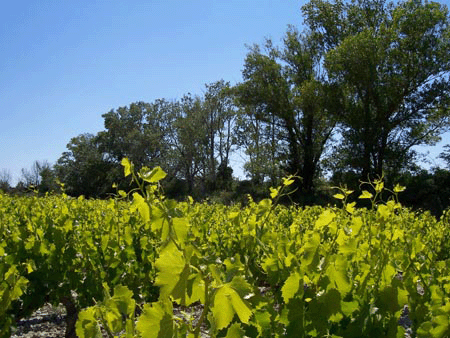 |
|
Bunch of grape before
flowering.
The petals of vine flower wrap the flower and the protective cap that will be ejected at the time of flowering. |
 |
|
Bunch of grape in full
flowering.
The cap of the petals has been ejected, the stamina can develop. The cluster of flowers gives off a discrete floral smell. |
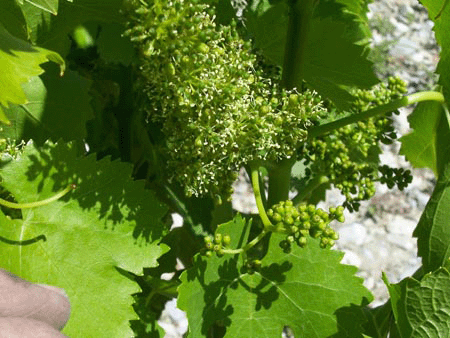 |
|
Bunch of grapes at the
end of the flowering.
After the staminas have fallen,
the fertilized pistils start developping and get plumper. At this stage
the vine is very sensitive to a climatic cooling which would provoke what
one calls "coulure” which corresponds to the abortion of the fruits in
formation.
|
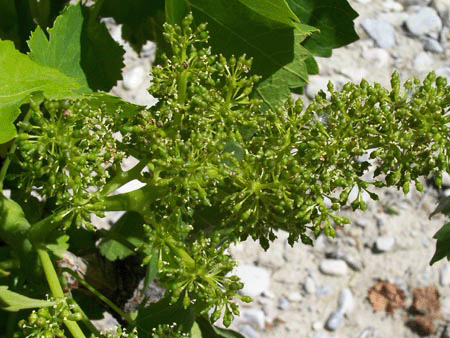 |
|
Vine slightly hailed at
the time of the storm of July 14, 2006.
The impacts of hail marked grains of bluhish points. Fortunately, the hail was round and low-weight, so that they did not tear the skin of the grains. |
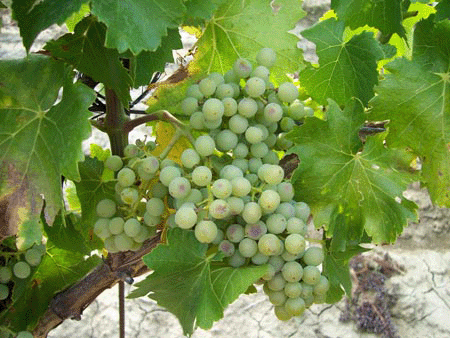 |
| The
harvests.
The harvest is manual in order to respect and select the best grapes.
|
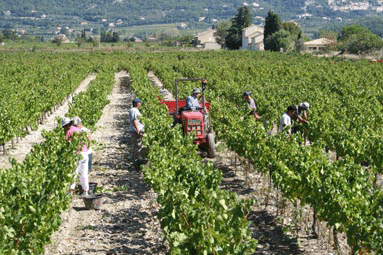 |
| The
transport of the grape.
It is done in small flat-bottomed bens. |
 |
| The
tanks for wine making and storage
They are laid out in a corridor of the cellars of the Château Mont-Redon in Châteauneuf-du-Pape. |
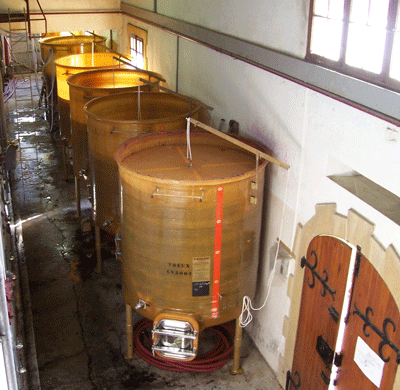 |
| Operations
of wine making.
The pumping over: It is about an operation which proceeds twice a day. The grape skins (pommaces) which are floating on the juice in fermentation contain color, tannins and flavours. The juices are pumped from the bottom of the tank and are then dumped onto the pommaces to extract the good elements from them. |
 |
| The
pigeage with foot.
During fermentation, we practise the foot pigeage (punching down) with the foot in order to facilitate the extraction of the color, the tannins and the flavours present in the skin of the grape. |
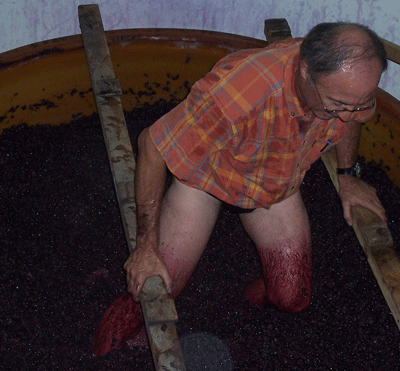 |
| Racking.
At the end of the cuvaison, the free-run wines are racked from the tank of fermentation. Pommaces are then extracted. The pommaces will be pressed to obtain the press wine. |
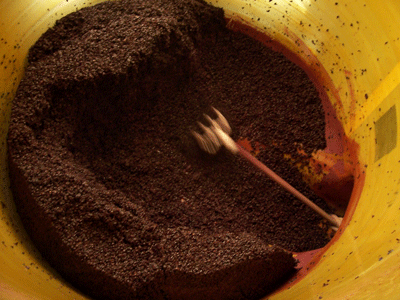 |
| The
free-run juice.
The first phase of the wine making is finished. The first wine racked from the tank of fermentation is named free-run wine. It often contains still a little sugar and will finish its fermentation in the days which follow. |
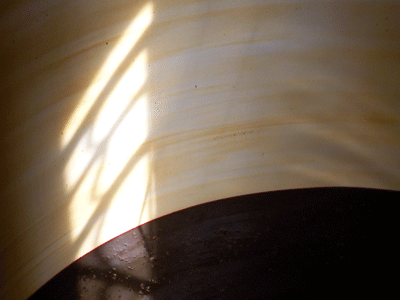 |
.